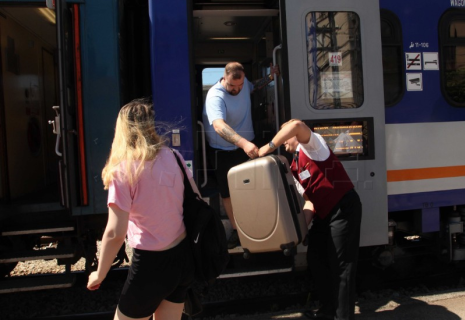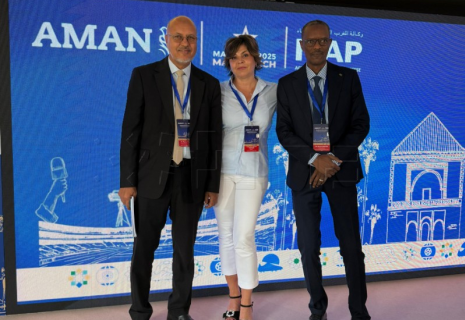
Over half Kosovo population missing from job market
The labor market in Kosovo will continue to be challenged by labor shortages, mainly due to the emigration of citizens and the high rate of inactive labor force.
This was announced by the GAP Institute's report "Emigration and the Labor Market in Kosovo: The Untapped Potential of the Inactive Labor Force", CE Report quotes Kosova Press.
"By 2023, according to official data, the number of people who have left Kosovo for various countries around the world has reached 359 thousand people, which represents about 22.6% of the country's population, while the number of returned Kosovar citizens and foreigners living in Kosovo is about 99 thousand people," the GAP institute report states.
A portion of the people who are emigrating from Kosovo are said to be from the active labor force, which is increasing the demand in the country for local and foreign workers.
"In 2024, the Ministry of Internal Affairs (MIA) in Kosovo issued a total of 8,293 residence permits to foreign citizens, of which 3,974 were for employment reasons. The majority of these immigrants originate from countries in the region such as Albania, Serbia, North Macedonia and countries outside the region such as Turkey, Bangladesh, the Philippines and other Asian countries. However, over half of these permits issued are a continuation of previous years. As a result, the balance of emigration remains much higher than immigration and foreign workers do not cover the shortage created in the labor market," the report further states.
According to the report, the most sustainable solution to address the labor shortage in Kosovo is to increase the market inclusion of people of working age who are currently not active in the market (who are not working and not looking for work).
“Kosovo has the highest rate of inactivity in the Western Balkans: out of around 1.1 million people of working age, only 461 thousand people (43%) are economically active, while 613 thousand people (57%) are inactive. Of the inactive people, 66% are women and 34% are men, which means that the particularly low participation of women in the labor market remains a serious challenge. Kosovo ranks first in Europe and fifth worldwide for the lowest participation of women in the labor market. Also, 78 thousand young people (30%) are not engaged in education, employment or training (NEET), a percentage much higher than the EU average (9.9%) and the highest in the region,” it further states.
The sectors most affected by the labor shortage, according to this report, are construction, wholesale and retail trade, gastronomy and hospitality, and manufacturing, from which the tendency to emigrate is also higher.
Most job positions in these sectors do not require high qualifications, according to the report, but involve tasks that can be learned within a short period of time, suggesting that local inactive power could meet these requirements.
"The report offers several recommendations and measures aimed at improving the inclusion of the inactive workforce in the labor market, such as: training to advance knowledge and facilitate inclusion in the labor market; support for increasing the participation of women and youth in the labor market; strengthening the role of the Employment Agency; as well as support for innovative technologies and the advancement of skills in the field of clean energy," the GAP institute report states.
The report's findings were presented as part of the National Council for Economy and Investment's (NKEI) Public-Private Dialogue Platform Forum discussion on workforce development.
























